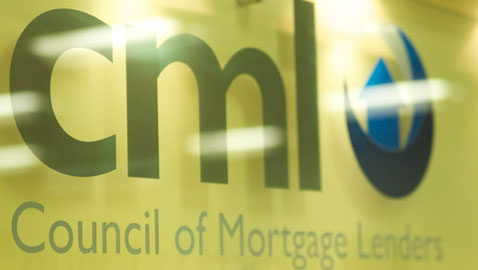
The Council of Mortgage Lenders (CML) has revealed that first-time buyers accounted for 11,200 loans for house purchase in London in the second quarter of 2013, the largest quarterly number since the end of 2007.
Figures from the second quarter indicate that first-time buyers in London make up a larger proportion of house purchase loans compared to the UK overall.
In the second quarter of the year, 56% of house purchase loans were to first-time buyers in London compared to 46% in the UK overall.
First time buyers
In the second quarter of 2013, the 11,200 loans advanced to first-time buyers in London marked an increase of 19% on the previous quarter and a rise of 38% compared to the second quarter of 2012.
Typical loan amounts have also increased, a knock-on effect of strong house price growth in the capital, up 6.9% in the second quarter compared to 2.9% for the UK overall. This results in a larger growth in the value of lending to first-time buyers. £2,490m was advanced to these borrowers in the second quarter, a 33% increase on the first quarter of 2013 and up 47% compared to the second quarter last year.
Chart 1: Lending to FTBs in London, number of loans advanced, and lending to FTBs in London as a proportion of the UK total (1 year moving average)
Source: CML regulated mortgage survey
The CML said that while first-time buyers took out larger loans (on average £192,600 compared to £183,900 in the second quarter last year) the affordability was almost unchanged thanks to higher incomes and falling interest rates. This meant on average first-time buyers spent 20.8% of their income on mortgage payments almost unchanged from 21% in the first quarter of 2013.
Affordability in London does however remain tighter than in the UK overall with first-time buyers borrowing an average of 3.67 times their income compared to 3.30 for the UK overall in the second quarter. This may be why first-time buyers in London are generally putting down larger deposits than in the rest of the UK, the CML said.
The average loan to value remains at 75% in London compared to 80% for the rest of the UK. In addition, incomes of first-time buyers in London are higher than in the rest of the UK- on average £52,100 per annum compared to £35,400 in the UK overall.
Lending for house purchase
Total house purchase lending in London was boosted by the increase in lending to first-time buyers and showed an increase of 16% compared to the first quarter and 18% compared to the second quarter of 2012.
There were 20,100 house purchase loans advanced in London worth £5.1bn in total, a 23% rise in value compared to the first quarter of 2013 and up by 20% compared to the second quarter last year.
Chart 2: House purchase lending in London: Year-on-year % change in London compared
Source: CML regulated mortgage survey
Home movers
Home mover lending in London has been less strong compared to first-time buyers in the second quarter of 2013 but there has still been growth. In total, 8,900 loans worth £2.6bn were advanced to home movers in London which was an increase of 11% compared to quarter one and a 14% increase in value of the loans. This however is a smaller growth on the second quarter of 2012 representing a 1% fall in the number of loans compared to a year ago but a 2% increase in value.
Remortgages
After a year of subdued activity, remortgage lending in London has started to show some growth as seen in the UK overall. There was £2.4 billion advanced to borrowers remortgaging their houses in the second quarter of 2013, which was up by 31% compared to the first quarter and an increase of 14% compared to the second quarter of 2012.
Chart 3: Remortgage lending in London: Year-on-year % change in London compared
Source: CML regulated mortgage survey
CML director general Paul Smee said that mortgage lending in London has followed a similar pattern to the rest of the UK with strong house purchase activity this quarter, strengthened particularly by first-time buyer activity.
He added: “Total lending for house purchase has also increased this quarter upon last and from a year ago which suggests increasing confidence that economic conditions are becoming more favourable.”